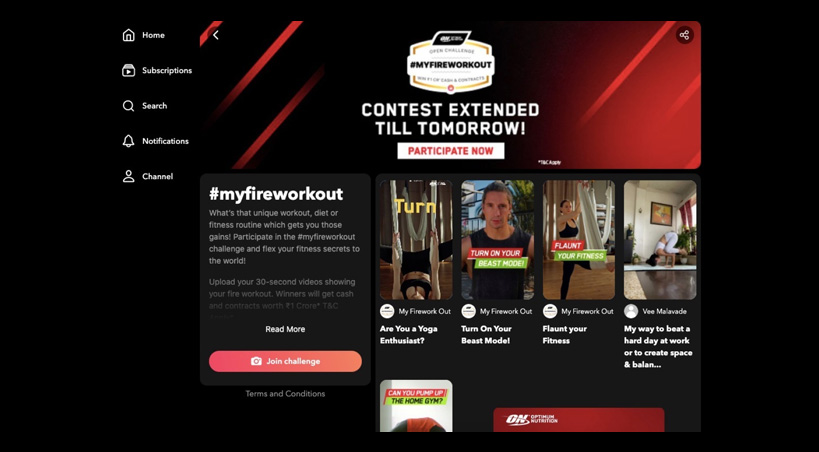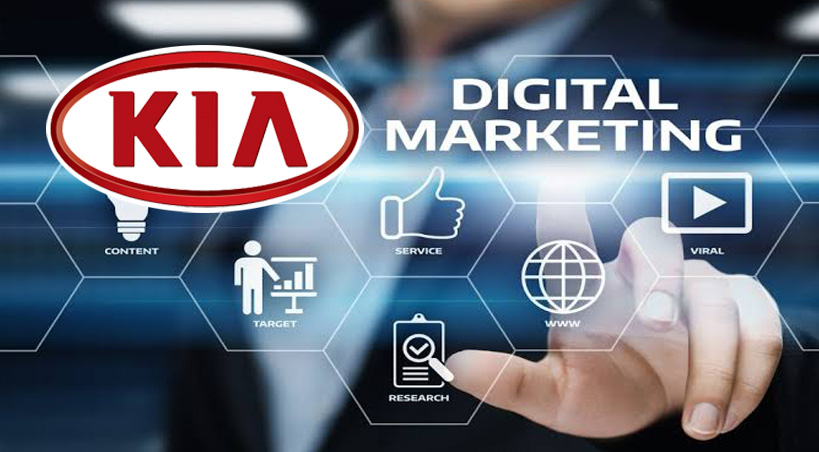Auto Industry Shifts to Dealer Digitization, Digital sources Make up 30% of Hyundai India’s sales

The purchase intent for cars in India hasn’t slowed and, in some cases, it has even accelerated despite the Coronavirus pandemic situation. To connect with customers online and future-proof its recovery the auto industry is now on the lookout for alternative ways.
The idea that most opportunities to influence consumers through touchpoints are now digital. In India, digital consumption is at an all-time high, with people spending an additional two hours more online per week. The uptick in consumption is uncovering changes in consumer search behavior, such as an increase in the time spent researching for cars.
In the auto industry that was already underway, the pandemic has accelerated trends but had not yet been widely adopted. These trends will likely become the new normal when operations reopen as people continue to spend more time online.
People want the ability to buy and engage with the brand from the comfort of their home expectations are changing, and now more than ever.
Here are three key trends brand marketers and dealer principals should consider as they shift gears for the future to help auto brands apply the right strategies to their recovery roadmaps.
Despite market concerns customer intent is steady-
There is a rise in consumers’ desire for their own personal mode of transportation as a result of the pandemic. Online intent for automobile purchases in India is back to pre-lockdown levels after a 30-35 percent drop. The India Auto Pulse report also found that over 45 percent of the consumers plan to buy a new car sooner, despite some markets reporting a recession.
Customers want the dealership brought to them-
Now with the lockdowns and strict travel bans in place across India, COVID-19 has made some consumers reluctant to visit car dealerships and, as a result, walk-ins are even fewer. To aid business recovery, businesses are encouraged to take their dealerships to customers online.
The window to influence purchase decisions through offline efforts has got smaller. The average number of visits to dealerships in India fell by 50 percent over the last three years, from 2016 to 2019.
Four out of every five people living in India, who are considering buying a car, said they would use an online purchase option if it were available. Moreover, nearly a third of all potential buyers would buy a car sooner if they had an online option and could avoid visiting a dealership.
Shashank Srivastava, Maruti Suzuki’s executive director of sales and marketing, says web-based sales inquiries have risen from three to 39 percent over the last three years, a finding that suggests car buyers want auto dealers to make it easier for them to purchase from home.
“As walk-ins to showrooms have significantly reduced, we are working with auto dealers to engage with customers on digital platforms,” says Srivastava. He adds that today, 21 out of 26 touchpoints of the consumer’s journey with the dealerships are digital.
A seamless personalized purchase experience wanted by customers–
Social distancing requirements make online discovery even more attractive to car buyers. Therefore, auto dealers should invest in digital platforms and upskill their sales teams to secure digital consumers.
More than 90 percent of car buyers turn to online search seeking information from carmakers and brand websites, YouTube, and professional and consumer reviews.
Among their expectations are a seamless online experience, including a faster turnaround to their queries. In fact, 56 percent of car buyers say they visit a dealer’s website during their research journey, which is up from 40 percent in 2017, while 60 percent of car buyers research online to find their local dealership — an increase of more than 10 percentage points from 2016.
Tarun Garg, Hyundai Motor India’s director of sales and marketing, says online car research has gradually increased over the last two years. “Digital sources are now contributing close to 30 percent to Hyundai India’s sales inquiries.”



